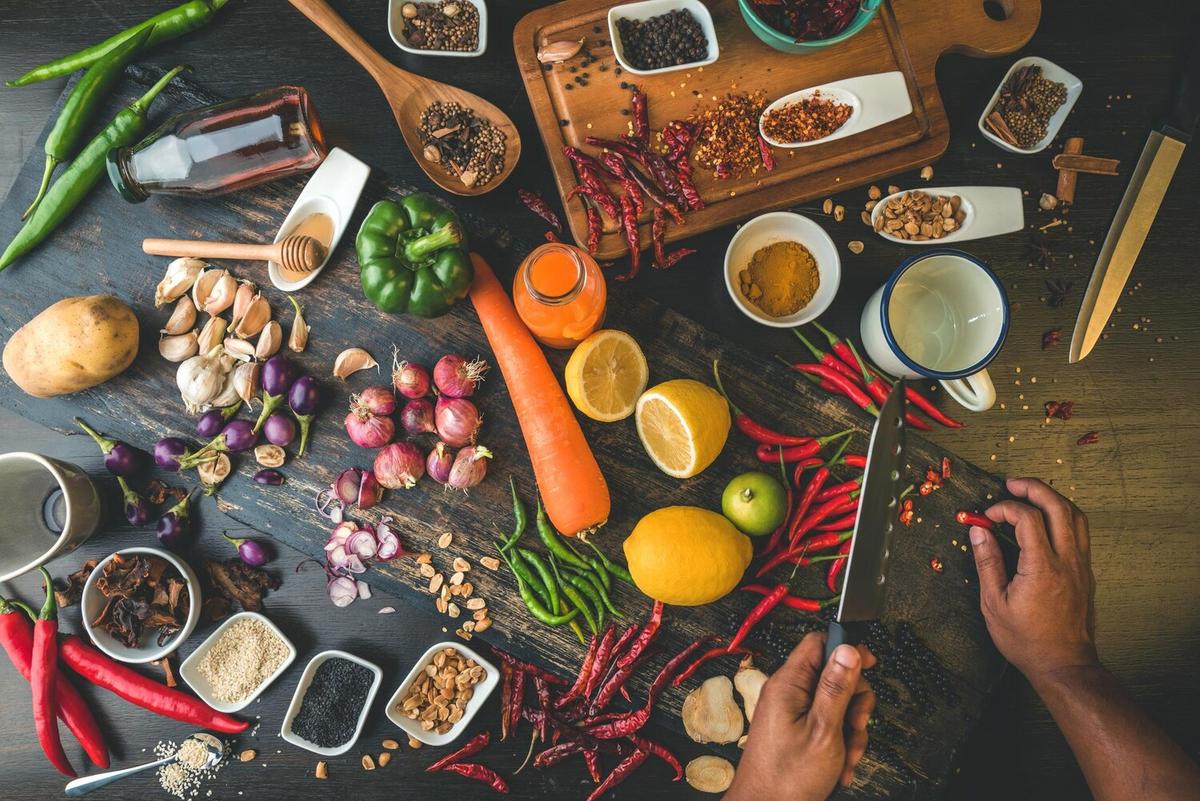
Spicy and Sweet: Understanding the Balance in Thai Cooking
The art of Thai cooking is a delightful dance between spicy and sweet flavors, offering a culinary experience that tantalizes the taste buds and leaves a lasting impression. While many are familiar with the bold and fiery side of Thai cuisine, its sweetness is an equally important element that contributes to the dish’s overall harmony.
Finding the Perfect Balance
Thai cuisine is renowned for its complex balance of flavors, where spicy and sweet elements come together to create dishes that are both exciting and satisfying. According to Chef David Thompson, a renowned expert in Thai cooking, achieving this balance is essential for authenticity. He notes, “In Thai cuisine, the harmony between spicy and sweet is not just about taste; it’s about creating a symphony of flavors that resonate with the soul.”
Research suggests that the human palate is particularly sensitive to this combination, as it triggers a more comprehensive sensory experience. A study from the University of Gastronomic Sciences found that dishes combining these flavors tend to be more memorable.
The Science Behind the Flavor
Thai cuisine often incorporates ingredients like chilies, which provide heat, and palm sugar, which adds sweetness. This combination not only enhances the flavor profile but also stimulates endorphins, contributing to the enjoyment of the meal.
Personal Stories from the Kitchen
Growing up in a multicultural household, I was introduced to the wonders of Thai cooking early on. I remember my first attempt at making Pad Thai, nervously balancing the heat of the chili paste with the sweet tamarind sauce. It took several tries, but the moment when the flavors clicked was magical, turning an ordinary meal into a delightful experience.
Actionable Tips for Your Thai Cooking
- Start with fresh ingredients: Fresh herbs and spices make a significant difference.
- Balance flavors gradually: Add heat and sweetness incrementally to find your perfect blend.
- Experiment with textures: Add crunchy peanuts or fresh bean sprouts for contrast.
Exploring Further
For those looking to dive deeper into the art of Thai cooking, many online resources and cooking classes can provide further guidance. Websites like [Thai Food Master](https://thaifoodmaster.com) offer recipes and tips from experts in the field. By experimenting with different recipes, you can discover new ways to enjoy the spicy and sweet balance that defines Thai cuisine.
Conclusion
Understanding the balance of spicy and sweet in Thai cooking is key to mastering this vibrant cuisine. By appreciating the nuances of these flavors, you can elevate your culinary skills and enjoy a more authentic taste of Thailand. As you continue to explore, remember that the true essence of Thai cooking lies in its ability to bring joy through a perfect symphony of flavors.
FAQs
What makes Thai food unique?
Thai food is unique due to its intricate balance of flavors, particularly the blend of spicy, sweet, salty, and sour elements.
How can I reduce the spiciness of a Thai dish?
To reduce spiciness, add more coconut milk or sugar, serving with a side of rice can also help balance the heat.
What are some common sweet ingredients in Thai cooking?
Palm sugar, coconut milk, and sweet basil are commonly used to add sweetness to Thai dishes.


